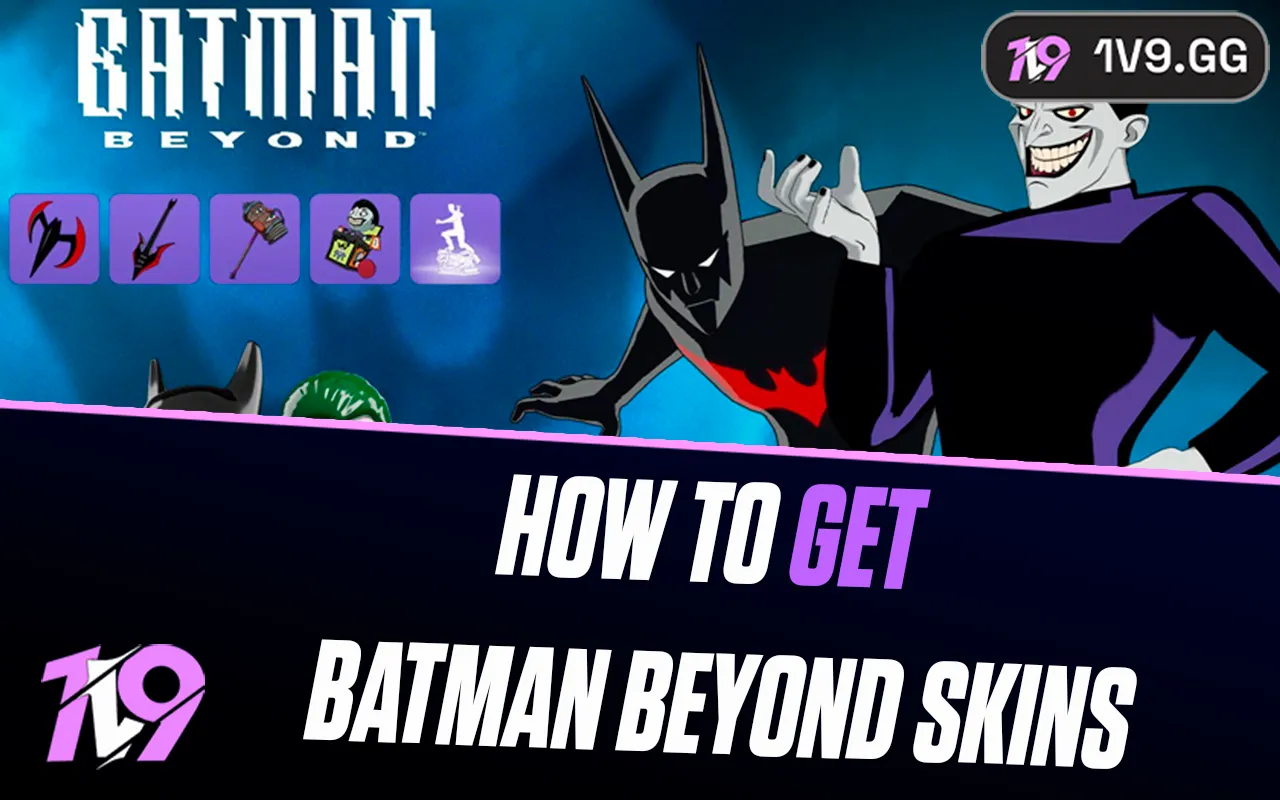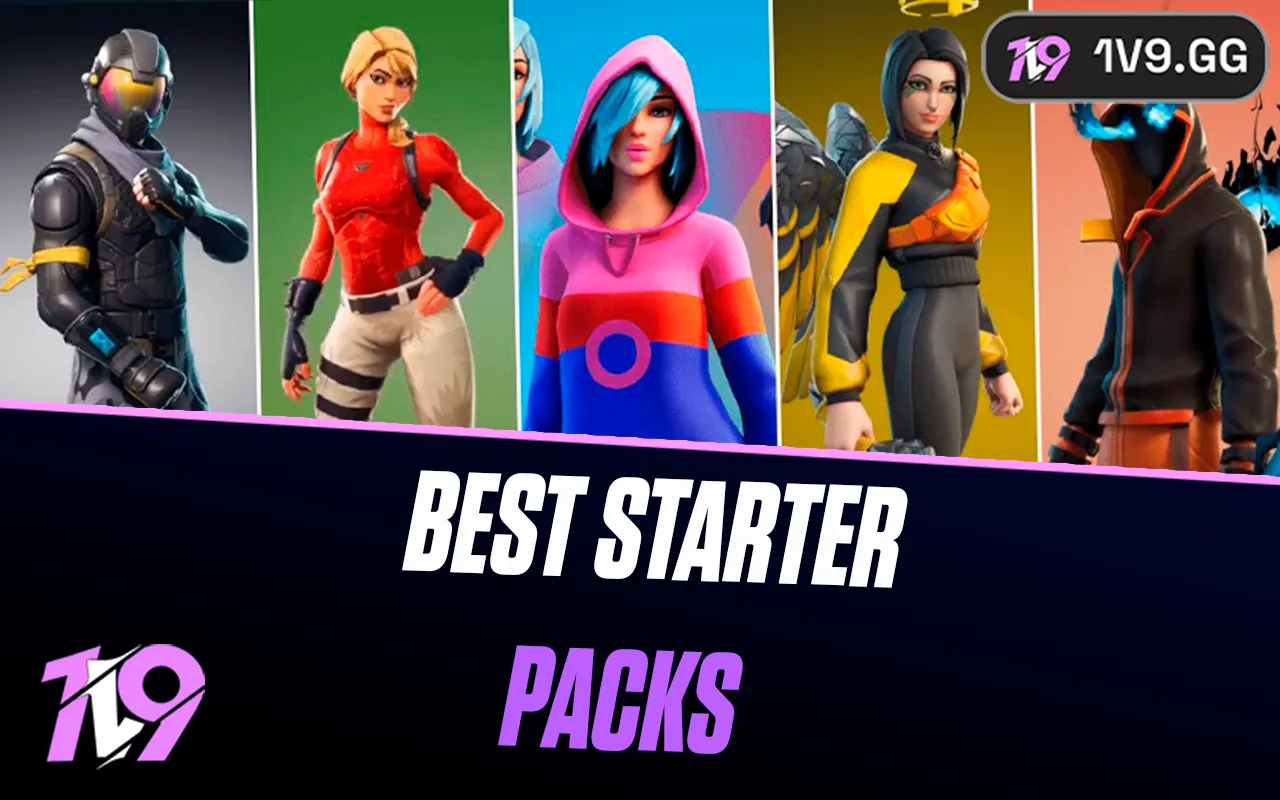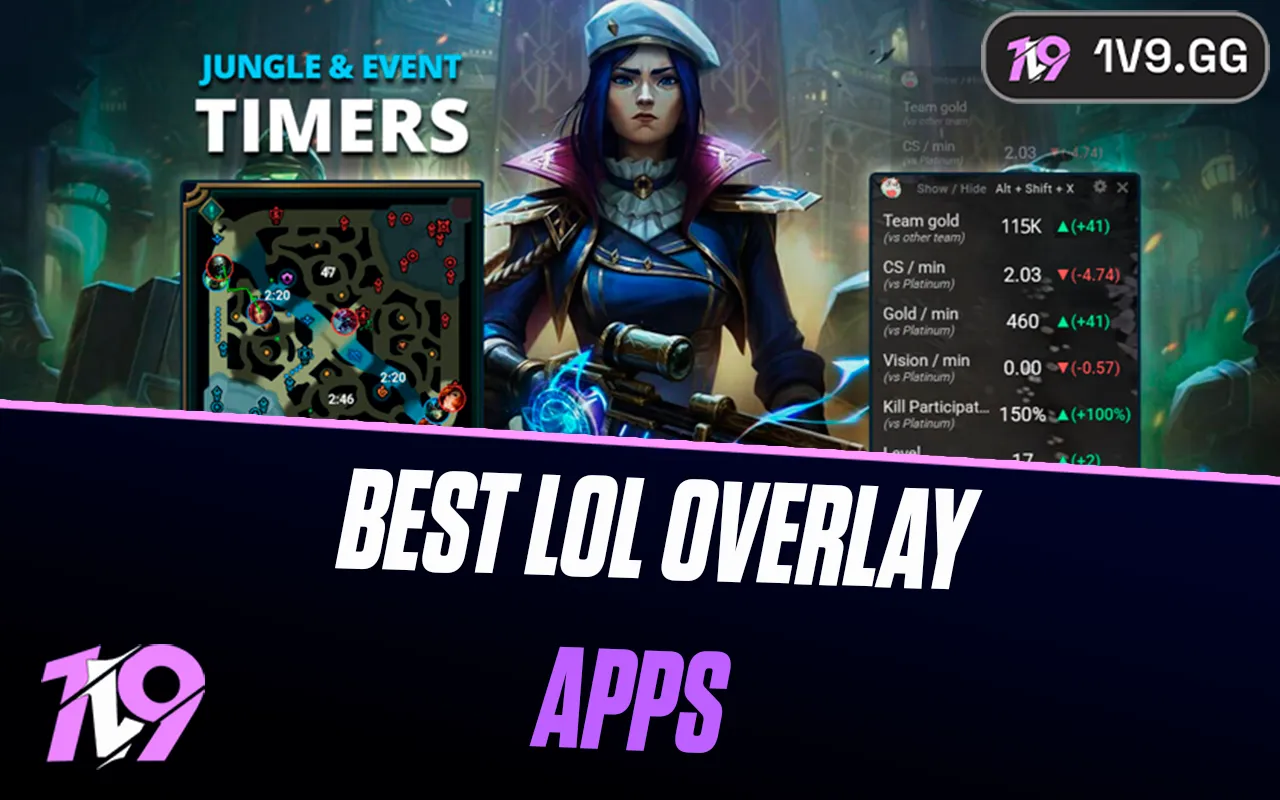- Home
Games
 League of Legends
League of Legends Valorant
Valorant-a6d5b3e156bb.webp) Fortnite
Fortnite Call of Duty
Call of Duty Clash of Clans
Clash of Clans GTA 5
GTA 5 Counter-Strike 2
Counter-Strike 2 Rainbow Six Siege
Rainbow Six Siege Dota 2
Dota 2 Genshin Impact
Genshin Impact Minecraft
Minecraft Dragon Ball Legends
Dragon Ball Legends Rocket League
Rocket League Clash Royale
Clash Royale Squad Busters
Squad Busters Rust
Rust Apex Legends
Apex Legends Pokemon Go
Pokemon Go XDefiant
XDefiant Hay Day
Hay Day LoL: Wild Rift
LoL: Wild Rift Diablo 4
Diablo 4 World of Warcraft
World of Warcraft Destiny 2
Destiny 2 FC 25
FC 25 Marvel Rivals
Marvel Rivals-9ede9dc6b01b.webp) PUBG Mobile
PUBG Mobile The Finals
The Finals Deadlock
Deadlock Growtopia
Growtopia Forza Horizon 5
Forza Horizon 5 Honkai: Star Rail
Honkai: Star Rail Warframe
Warframe 8 Ball Pool
8 Ball Pool Zenless Zone Zero
Zenless Zone Zero Path of Exile
Path of Exile Runescape 3
Runescape 3 Raid: Shadow Legends
Raid: Shadow Legends Lost Ark
Lost Ark WoW: Classic Era
WoW: Classic Era Summoners War
Summoners War WoW: Season of Discovery
WoW: Season of Discovery WoW Cataclysm
WoW Cataclysm WoW: Hardcore
WoW: Hardcore Throne and Liberty
Throne and Liberty Mobile Legends
Mobile Legends Escape From Tarkov
Escape From Tarkov New World
New World Blade Ball
Blade Ball Path of Exile 2
Path of Exile 2 Fisch
Fisch Pet Simulator 99
Pet Simulator 99 Pets Go
Pets Go-d8bcef7708c7.webp) One Piece Bounty
One Piece Bounty Anime Adventures
Anime Adventures Blox Fruits
Blox Fruits Adopt Me
Adopt Me Murder Mystery 2
Murder Mystery 2 Fragpunk
Fragpunk Wuthering Waves
Wuthering Waves Teamfight Tactics
Teamfight Tactics Free Fire
Free Fire Albion Online
Albion Online Black Desert Online
Black Desert Online Honor of Kings
Honor of Kings Brawl Stars
Brawl Stars Arena of Valor
Arena of Valor Call of Duty: Mobile
Call of Duty: Mobile Rematch
Rematch Steal a Brainrot
Steal a Brainrot Grow a Garden
Grow a Garden FC 26
FC 26 Plants vs Brainrots
Plants vs Brainrots Old School Runescape
Old School Runescape Overwatch 2
Overwatch 2 Battlefield
Battlefield Arc Raiders
Arc Raiders Roblox
Roblox Fallout 76
Fallout 76 Jailbreak
Jailbreak Type Soul
Type Soul GPO
GPO DonutSMP
DonutSMP- Lootboxes
- Become Affiliate
- Blog
- Contact Us
- Sign In

What is ADC in League of Legends? - LoL ADC Role Explained
In League of Legends, the ADC, or Attack Damage Carry, role is characterized by champions that excel in delivering powerful, sustained physical damage. Primarily, these champions leverage their basic attacks, benefitting significantly from enhancements in attack damage, critical strike chance, and attack speed. While the official term 'Marksman' has been introduced to encapsulate the diversity and scope of these champions, the community continues to embrace the term ADC. ADCs are crucial for a team's output of damage, particularly in the game's later stages, where they often become the primary source of attack damage.
This comprehensive guide to ADCs in League will equip you with all you need to understand and excel in this pivotal role. From dissecting the essential qualities that define an effective ADC to offering strategies for honing your skills, this guide is a treasure trove of information for anyone aiming to master the ADC role. Whether you're just beginning to explore the ADC position or seeking to refine your expertise, the guidance and advice contained here will deepen your comprehension of League's champion roles and strategies.
Is ADC the most important and broken role?

In the realm of League of Legends, while ADCs (Attack Damage Carries) hold a pivotal role within a team, claiming it as the utmost critical position oversimplifies the game's complexity. Every role in League, including the ADC, possesses distinct advantages and limitations, with their relevance fluctuating based on the game's context and the strategic blueprint employed by the team.
Typically, the significance of the ADC role is underscored by their capacity to inflict substantial physical damage, pivotal for eliminating adversaries and dismantling key structures—vital milestones towards victory. Positioned usually in the bot lane, ADCs are instrumental in amassing gold and experience, contributing significantly to the team's control over the game's momentum.
Nevertheless, the impact of an ADC can be moderated by various factors, including the composition of the opposing team. For instance, foes with high resistance to physical damage may diminish the ADC's effectiveness, highlighting the potential for other roles, like mages or tanks, to take precedence through their varied damage outputs or utility. Furthermore, the synergy between the ADC and their support counterpart is crucial; a supportive champion can magnify an ADC's impact through healing, protection, and other forms of aid, ensuring their survivability and sustained damage output.
Conclusively, while undeniably important, the ADC's role is not universally paramount across all gameplay scenarios. The strategic importance of each position is malleable, influenced by the chosen champions and the overarching game plan devised by the team.
Why are ADCs the always farming and not support?
In League of Legends, the division of roles between the ADC (Attack Damage Carry) and the support in the bot lane is a strategic allocation designed to optimize the team's overall performance. The ADC is tasked with farming minions and neutral monsters to accrue gold and experience, essential for purchasing items that enhance their attack damage capability. This focus on amplifying physical damage output positions the ADC as a critical asset for the team, especially in taking down enemy champions and objectives.
On the flip side, the support champions are selected for their ability to offer utility and defensive prowess to the team. Their skill sets often include healing, crowd control, and protective abilities, aimed at safeguarding the ADC and ensuring their sustained presence and damage output in skirmishes. Additionally, supports often possess abilities that facilitate the ADC in securing kills or disrupt the strategic positioning of the opposing team.
This strategic division of labor, with the ADC concentrating on farming for gold and experience, and the support focusing on protection and utility, is devised to maximize the damage potential of the ADC. It allows the ADC to evolve into a formidable force in dealing damage, while the support plays a crucial role in maintaining the ADC's survivability and enhancing the team's chances of victory. This synergy between the ADC and support is foundational to achieving success in League of Legends matches.
What champions qualify as ADC?

The ADC (Attack Damage Carry) role in League of Legends has evolved to primarily encompass ranged champions, often referred to as marksmen, whereas melee champions fall under categories like slayers or fighters. This distinction is crucial in understanding who fits the ADC mold.
Typically, when discussing ADCs, the conversation revolves around champions such as:
- Kog'Maw
- Lucian
- Miss Fortune
- Samira
- Senna
- Quinn
- Sivir
- Tristana
- Twitch
- Varus
- Vayne
- Xayah
- Graves
- Jhin
- Jinx
- Kai'Sa
- Kalista
- Kindred
- Aphelios
- Ashe
- Caitlyn
- Corki
- Draven
- Ezreal
These champions are distinguished by their ranged attacks and their scaling with attack damage, setting them apart from champions like Teemo, who, despite being ranged, primarily scales with ability power.
For those delving into the ADC role or deciding on a main role in League of Legends, it's worth noting the option to collaborate with a professional teammate via 1v9. Such a partnership can offer personalized guidance on mastering the ADC role and strategies for rapid progression through the ranks.
What is the best way to counter ADC Champions?
Neutralizing ADC players in League of Legends involves a multifaceted approach that requires strategic champion selection, precise teamwork, and tactical gameplay. Effective methods to counter ADC players include:
- Selecting Counter Champions: Opt for champions equipped with crowd control abilities, such as slows or stuns, or those capable of inflicting magical damage, which ADCs typically are more vulnerable to.
- Targeted Focus in Team Fights: ADCs, known for their lower defense and susceptibility, can be swiftly eliminated when multiple team members concentrate their efforts on them during skirmishes.
- Lane Pressure: Choose champions with strong lane pushing capabilities to exert constant pressure on the ADC and their support, thereby limiting their ability to farm and accumulate resources.
- Vision Control: Implementing superior warding and denying vision in key areas can restrict the ADC's and support's map awareness, making it challenging for them to secure minion kills and leaving them vulnerable to ambushes.
By employing these strategies, such as choosing the appropriate champions, orchestrating focused attacks, applying lane pressure, and mastering vision control, players can counteract the influence of ADC players. These tactics, when executed correctly, can disrupt the enemy ADC's gameplay, significantly contributing to your team's chances of success.
5 ways to Master ADC in League of Legends
Elevating your skills as an ADC in League of Legends transcends merely selecting the optimal champion; it demands honing a suite of abilities that distinguish you in battle. Excelling in the ADC role can drastically enhance your team's victory prospects, from adept positioning to precision in last-hitting. Below are five pivotal tips designed to refine your ADC prowess:
#1 Elevate Your Positioning: The essence of a proficient ADC lies in their positioning - striking a balance between maximizing damage output and minimizing vulnerability. This entails vigilant minimap monitoring, identifying potential threats, and situating yourself where you can contribute to attacks without falling prey to enemy advances. Cultivating this skill is an ongoing process that requires acute situational awareness and a deep understanding of both your champion's strengths and your adversaries' capabilities. Remember, even the most powerful build is futile if you're incapacitated.
#2 Hone Your Last-Hitting Skills: Achieving the final blow on minions, known as last-hitting, is crucial for amassing gold, thereby enabling item purchases that bolster your strength. Enhancing your last-hitting skills involves meticulously timing your attacks to coincide precisely with the moment a minion's health drops to a threshold where one auto-attack will ensure its demise. Beyond mere timing, mastering last-hitting requires foresight into both your minions' and opposing champions' damage outputs, alongside a comprehensive grasp of your champion's attack animations and the velocity of their projectiles.
#3 Cultivate a Strong Partnership with Your Support: The dynamic between an ADC and their support is critical, particularly during the early stages of the game. Effective collaboration can set the tone for lane dominance and dictate the game's tempo. Foster open communication with your support, discussing strategies for engagement, defensive play, or assistance with warding. Becoming attuned to each other's playing styles and adjusting your approach accordingly is essential. While a support plays a key role in facilitating kill opportunities, their importance in safeguarding you from enemy ganks and aggression cannot be overstated.
#4 Embrace Every Game as a Learning Experience: Each encounter on the Rift, regardless of outcome, presents invaluable lessons. Delve into your gameplay after each match to pinpoint your strengths and areas for improvement. Focus on critical aspects such as your positioning, your approach during various game phases, and your teamwork dynamics. Utilize replay analysis to scrutinize your performance meticulously, especially during pivotal instances such as team fights, laning phases, and when vying for objectives. Recognizing recurring tendencies in your play, whether advantageous or detrimental, is crucial for your ongoing development as an ADC.
#5 Master Your Champion's Power Spikes: Power spikes represent moments when your champion gains a substantial increase in strength, either through achieving certain levels or acquiring key items. Familiarity with your champion's specific power spikes is essential for gauging the optimal times for aggression or caution. Milestones such as finishing a core item or attaining levels that unlock critical abilities (notably levels 2 and 6) should signal opportunities to initiate combat or pressure objectives. Since each ADC has unique power spikes, a deep understanding of those pertaining to your chosen champion is vital for maximizing their potential in-game.
Conclusion
Effectively countering ADC players in League of Legends hinges on a combination of strategic planning, team coordination, and the judicious selection of champions and tactics. By understanding the inherent vulnerabilities of ADCs, including their susceptibility to crowd control and magical damage, players can tailor their approach to mitigate the impact of enemy ADCs on the game. Focusing efforts on lane pressure, vision control, and targeted eliminations in team fights are crucial strategies that, when implemented correctly, can neutralize the threat posed by ADCs. Embracing these strategies will not only enhance your gameplay but also elevate your team's overall performance, paving the way for victories in the League of Legends arena.
Posted On: March 1st, 2024
Recent Articles
💬 Need help?
Our 1v9 support team is available 24/7 to help you with any questions or issues you may have.
support@1v9.gg
Loading...
1v9.gg is not endorsed or affiliated by any game developers or publishers.
2025 1v9, All Rights Reserved, Created By NightDev






